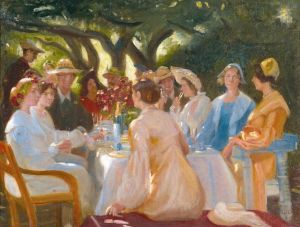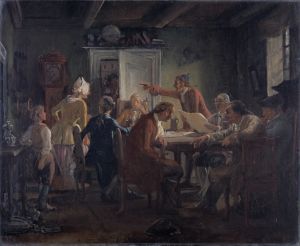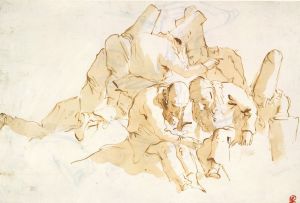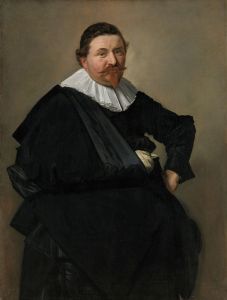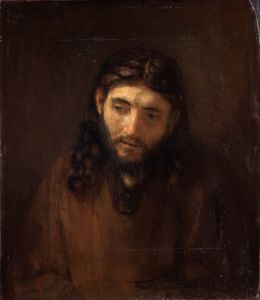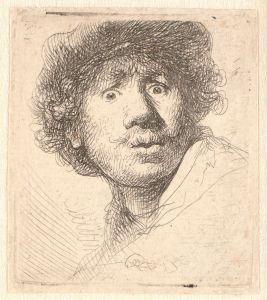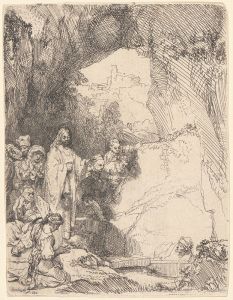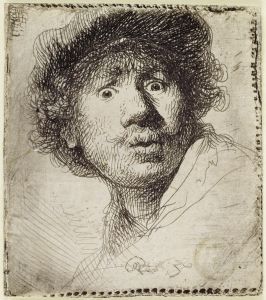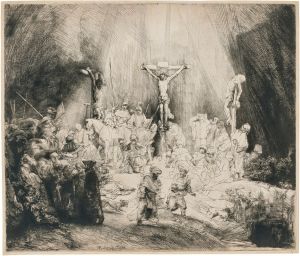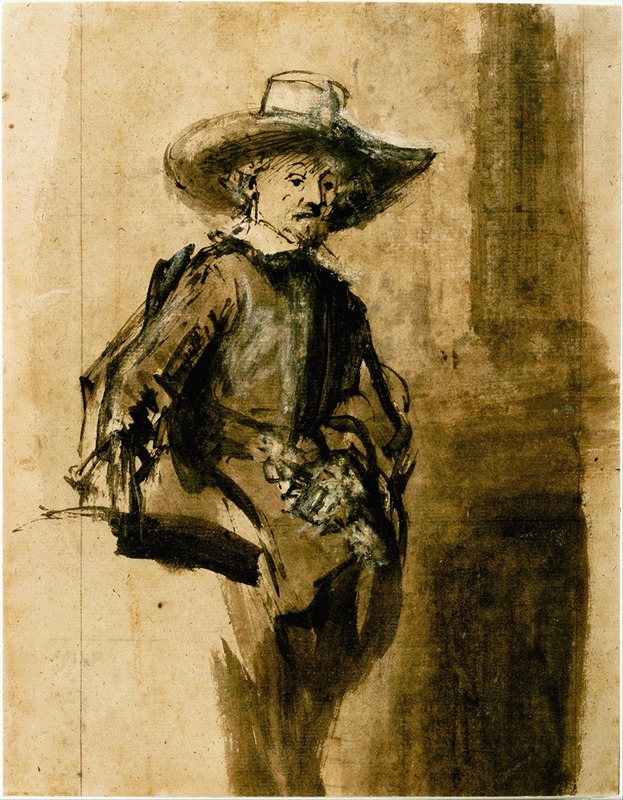
Study for one of the Syndics, Volckert Jansz.
A hand-painted replica of Rembrandt van Rijn’s masterpiece Study for one of the Syndics, Volckert Jansz., meticulously crafted by professional artists to capture the true essence of the original. Each piece is created with museum-quality canvas and rare mineral pigments, carefully painted by experienced artists with delicate brushstrokes and rich, layered colors to perfectly recreate the texture of the original artwork. Unlike machine-printed reproductions, this hand-painted version brings the painting to life, infused with the artist’s emotions and skill in every stroke. Whether for personal collection or home decoration, it instantly elevates the artistic atmosphere of any space.
"Study for one of the Syndics, Volckert Jansz." is a drawing attributed to the Dutch artist Rembrandt van Rijn, one of the most prominent figures of the Dutch Golden Age. The work is believed to be a preparatory study for Rembrandt's famous group portrait, The Sampling Officials (Dutch: De Staalmeesters), completed in 1662. This painting depicts the syndics, or officials, of the Amsterdam Drapers' Guild, who were responsible for assessing the quality of cloth produced by the guild's members.
The drawing focuses on Volckert Jansz., one of the syndics featured in the final painting. It is executed in pen and ink, showcasing Rembrandt's characteristic mastery of line and form. The study captures the sitter's facial expression and posture with remarkable precision, reflecting Rembrandt's deep interest in human character and individuality. Such preparatory studies were a common practice for Rembrandt, allowing him to refine the composition and details of his larger works.
The exact date of the drawing is not definitively known, but it is generally associated with the period leading up to the completion of The Sampling Officials. The artwork demonstrates Rembrandt's ability to convey a sense of immediacy and life, even in preliminary sketches. The drawing is valued not only for its connection to the larger painting but also as an independent example of Rembrandt's skill as a draftsman.
The current location of the drawing is not universally agreed upon, as it has been part of various collections over time. However, it remains an important piece for understanding Rembrandt's working methods and his approach to portraiture.
No additional speculative information about the drawing's history or context is provided, as it is not supported by verifiable historical evidence.





